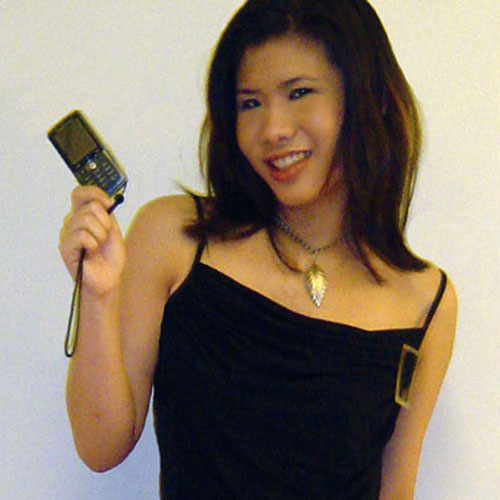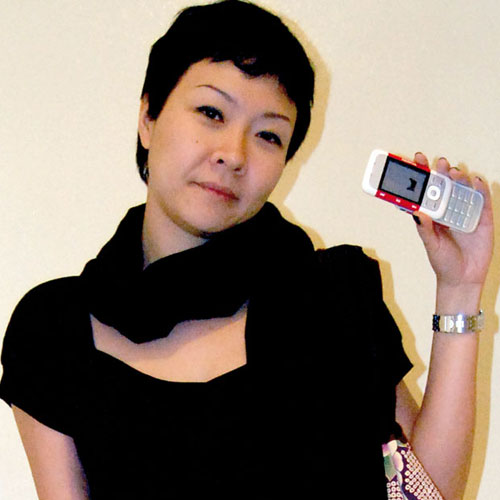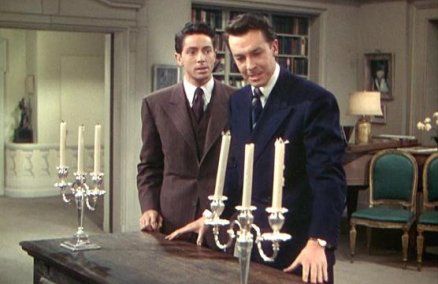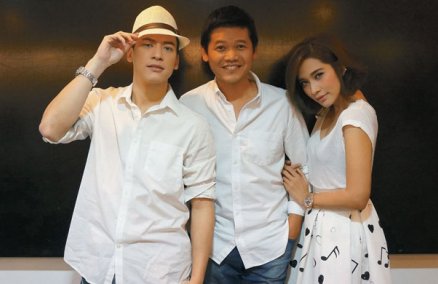We guarantee that you’ll only have a vague recollection, at best, of life without the Internet. While the World Wide Web is probably one of the most universal examples of how technology in general has completely altered the way we work, play, communicate and think, it won’t take you long to think of other tech inventions that have done the same. We take a look at ways that tech has rooted itself in our lives—and will continue to do so.
TOY STORY
There’s the good and there’s the bad. Everyone’s got their favorite tech toy (heck, some freak-shows even name their darling gadgets), but on the flipside, most people have suffered their fair share of tech-related embarrassments–oddly enough, thanks to their aforementioned favorite tech toys.
 WHO: Ian Purnomo, 25, Public Relations Executive
WHO: Ian Purnomo, 25, Public Relations Executive
FAV TECH TOY: “My 60GB Apple iPod”.
D’OH MOMENT: “One time, my ex-girlfriend borrowed it to store her big college assignment. I didn’t mind, until one nerdy, smartass friend of hers un-hid the hidden folders in the iPod that contained videos and pictures of good-looking ladies in improper manners and showed them to her. What followed were lots of scoldings and “cold turkey” nights. She wiped out all my ‘collection’ too, but thankfully left all the music intact.”
 WHO: Nadia Daeng, 24, Senior Account Executive
WHO: Nadia Daeng, 24, Senior Account Executive
FAV TECH TOY: “Not really a tech toy, more of a social network service called VelvetPuffin—stop asking me about the name!—that I use on my mobile phone and PC.”
D’OH MOMENT: “I was happily looking through some of the pictures on my buddy list and, to my horror, I found an old picture of me back then when I dressed up as one of Taufik Batisah’s ‘Brides’ for finals of the first season of Singapore Idol. Talk about having my past coming back to haunt me. Let it friggin’ go already!”
 WHO: Cheryl Chin, 27, Marketing Communications Executive
WHO: Cheryl Chin, 27, Marketing Communications Executive
FAV TECH TOY: “Though a little outdated, my fav tech toy is my battered Sony Ericsson K750i. Being able to listen to my MP3s on it helps me survive public transport.”
D’OH MOMENT: “I lent it to a male friend without deleting the messages and photos that I was receiving from another friend—a passionate and adventurous female. I only found out he knew because when he returned my mobile, I found text messages in the Inbox where he had mentioned his find to another mutual friend. We never spoke about it, but things were a little weird between us for a while.”
 WHO: Steph C, 32, Unemployed
WHO: Steph C, 32, Unemployed
FAV TECH TOY: “My Nokia 5300 XpressMusic handphone.”
D’OH MOMENT: “None with my 5300 yet, but I could tell you what led to me acquiring it. Being exceptionally butterfingered, I dropped my Motorola V3 in a bowl of soup in my haste to pick up the call. So it was hellooo 5300. Mind you, this isn’t the first time a handphone of mine kena death by drowning. Conclusion: me, handphones and soups within close proximity of each other do not bode well.”
Advertisement



























